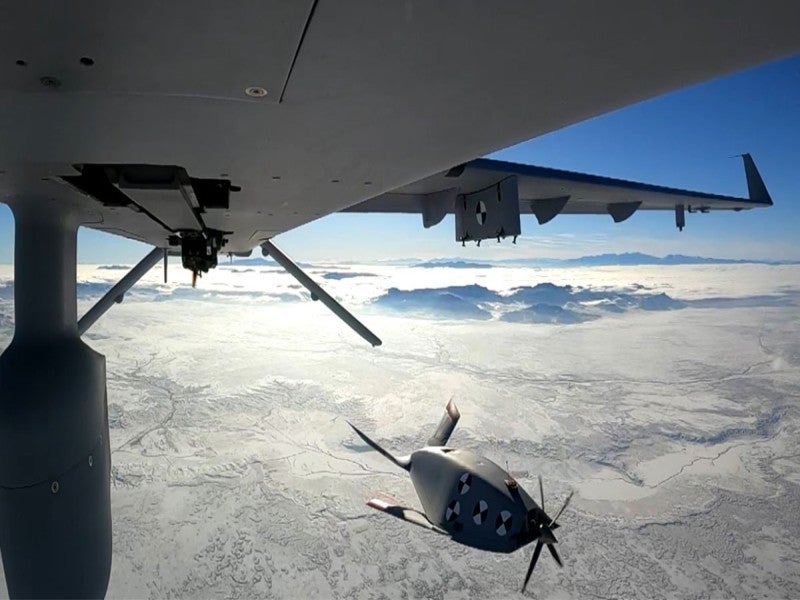
General Atomics Aeronautical Systems (GA-ASI) has completed the first demonstration of its new survivable Air-Launched Effect (ALE) system aboard the US Army’s MQ-1C uncrewed aircraft.
The flight-test was carried out from Dugway Proving Grounds in Utah, US.
It was collaboratively funded by GA-ASI and three US Army divisions including the Army Research Laboratory (ARL), Combat Capabilities Development (DEVCOM), and the Aviation and Missile Center (AvMC).
During its first-ever flight, GA-ASI’s new ALE, also referred as Eaglet, was launched from the MQ-1C Gray Eagle extended-range uncrewed aerial system (UAS).
The company claimed that this MQ-1C UAS is capable of carrying the Eaglet for ‘thousands of kilometres’ and its launch can also be controlled via crewed-uncrewed teaming, as well as a component of advanced teaming command-and-control concepts.
GA-ASI president David R Alexander said: “The first flight of Eaglet was an important milestone for GA-ASI/US Army team.
“Eaglet is intended to be a low-cost, survivable UAS, with versatility to be launched from a Gray Eagle, rotary-wing aircraft, or ground vehicles. It enables extended reach of sensors and increased lethality while providing survivability for manned aircraft.”
Following success with the latest test, GA-ASI will now work with the US Department of Defense to feature Eaglet in various military exercises to further assess and validate its potential.
This further marks Eaglet’s entry into the company’s Evolution Series of advanced UAS concepts.
Eaglet can carry various mission payloads developed for supporting different army operations while its design can also extend several battlefield options for the commanders to minimise the duration of decision cycles.
It can also be used alongside other long-range payloads and deployed aboard its carrier platform, including UAS or helicopter, to provide deep sensing capabilities in multi-domain scenarios.



